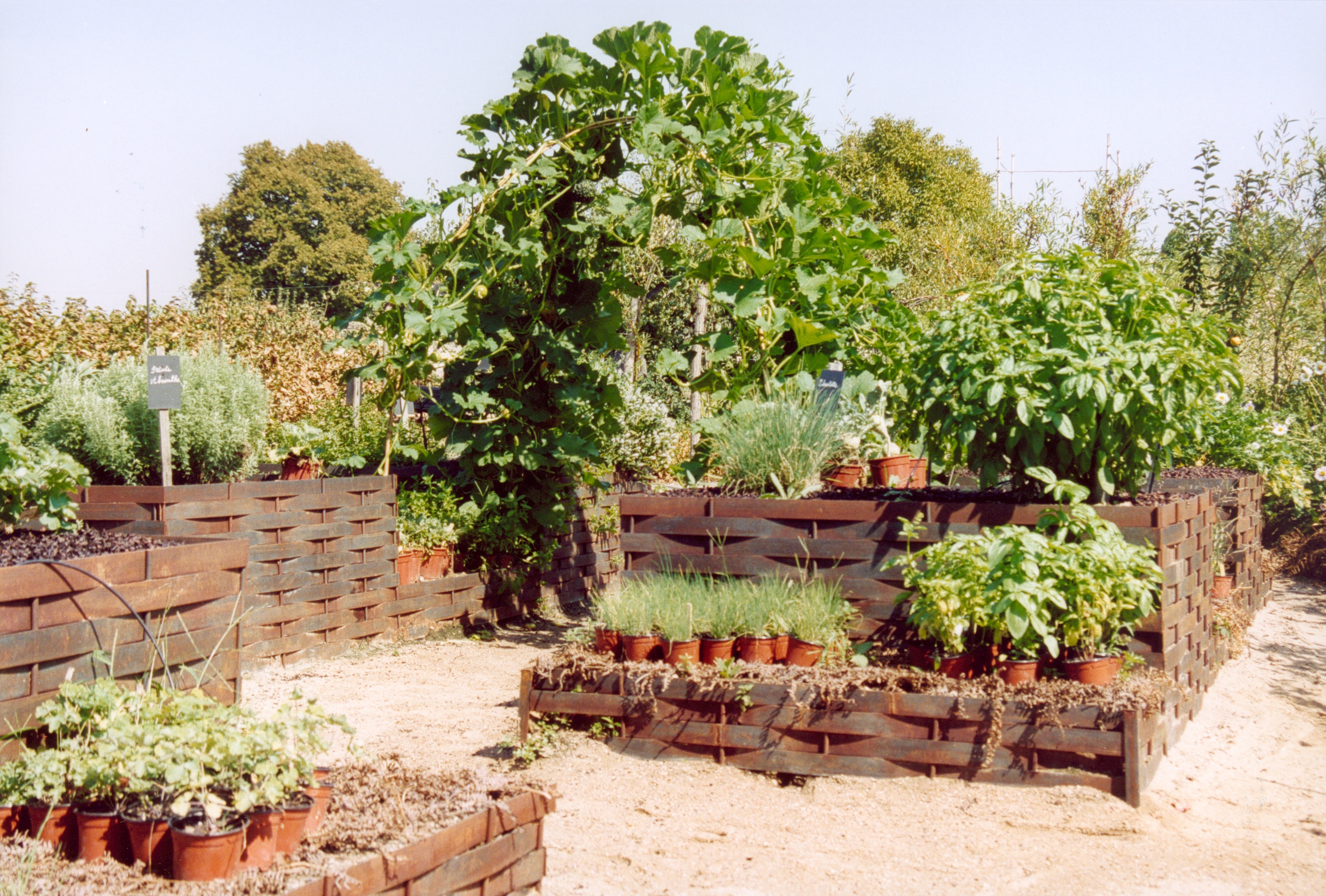Gardens are serene pockets of paradise, where vibrant flowers sway in the gentle breeze and lush greenery flourishes under the warm rays of the sun. But lurking in the shadows, a perilous invasion threatens to turn our Eden into a battleground. Yes, we’re talking about pests – those tiny terrors that can wreak havoc on our carefully nurtured gardens. Fear not, for this article unveils an arsenal of creative strategies to safeguard your beloved garden from their nefarious deeds. So, whether you are a seasoned gardener or just starting your horticultural journey, prepare to fortify your precious greens, repel the intruders, and restore peace in your blooming haven. Let’s embark on this enthralling quest to protect your garden from pests with a touch of ingenious artistry. Are you ready? Let’s dive in!

1. Cultivating a Pest-Resistant Garden: Unveiling Essential Strategies and Natural Deterrents

- Companion planting: Utilize the symbiotic relationship between certain plants to naturally repel pests.
- Integrate beneficial insects: Attract ladybugs, lacewings, and praying mantises to your garden to feast on harmful pests.
- Use organic repellents: Sprinkle crushed eggshells or diatomaceous earth to deter slugs and snails.
- Construct physical barriers: Install fences or netting to protect delicate plants from nibbling creatures.
- Select pest-resistant varieties: Opt for plant varieties bred to withstand common pests in your region.
With these strategies and natural deterrents, your garden will flourish while keeping unwanted pests at bay. Cultivating a harmonious, pest-resistant oasis has never been more attainable!
2. Nurturing a Harmonious Ecosystem: Integrating Companion Planting and Beneficial Insects

Creating a thriving ecosystem in your garden goes beyond simply planting and maintaining your favorite flowers and crops. By implementing the concept of companion planting, you can encourage harmonious relationships between different plants, benefiting their growth and deterring pests naturally. Additionally, introducing beneficial insects such as ladybugs or lacewings can help in maintaining a healthy balance by preying on harmful pests. Some examples of beneficial plant pairings include marigolds with tomatoes, which repel nematodes, and basil near cucumbers, which enhances their flavor. By nurturing these partnerships, an ecosystem brimming with diversity and balance will flourish in your garden.
• Implement companion planting to encourage a thriving garden ecosystem.
• Introduce beneficial insects like ladybugs or lacewings to control pests naturally.
• Pair plants strategically to deter harmful pests and enhance flavor.
Wrapping Up about How to Protect Your Garden from Pests.
In conclusion, safeguarding your garden from pests is crucial in maintaining the beauty and vitality of your precious plants. By implementing these creative and effective strategies, you can create a fortress that shields your garden from unwanted intruders. Remember to stay vigilant, observe your plants regularly, and intervene promptly at the first sign of trouble. With a little bit of planning, dedication, and a touch of creativity, you’ll be able to enjoy a thriving garden that is free from the clutches of pests. So, bid farewell to pesky critters and welcome a bountiful harvest with open arms. Happy gardening!
